
Over the last decade, many organizations have attempted to bring about needed change by re-engineering efforts. There is increasing evidence of the failure of these efforts. Traditional re-engineering efforts, although well intended, have not taken critical factors into account including the length of time needed for implementation. Managers often complain of action being obsolete by the time that implementation is scheduled, but having to implement anyway in keeping with a plan that they knew was not going to work.
As well as the length of time required for re-engineering, a prime cause of failure is that top-down change creates a great deal of resistance in the workforce, even in those situations where a representative transition team has been created that is mandated to advocate for the change at their level in the organization. Often the change stagnates or gets distorted, resulting in frustration and further resistance.
The cost to the organization of failed change efforts is enormous financially, in productivity, and in the morale and health of both management and the employees.
Use of Whole System Interventions
Whole system interventions for organizational and community change are methods for involving the whole system, internal and external, in the change process within a very short time frame. This brings about right change from the whole organization. Effective meeting methodologies involving the whole system include Open Space Technology, Appreciative Inquiry, World Café, Whole Person Process Facilitation, Future Search, Search Conference, and Real Time Strategic Change.
Whole system interventions have been used for change in strategic direction, acceptance, and implementation of quality programs, changes in relationships with customers and suppliers, and changes in structures, policies, or procedures. They have also been used to get through organizational logjams and thus are used in solving critical and often complex business issues.
Open Space Technology
The most open of the Whole System methods for conducting meetings is Open Space Technology (OST). They require only one or two facilitators and are generally much less expensive to run than the other methodologies. OST has been developed with simplicity in mind while adhering to clear principles and values. Prior to the meeting, a planning team needs to develop a clear theme or focusing question, decide on the length of the meeting to achieve the purpose and to develop a list of ‘givens’ or ‘non-negotiable items that are pre-determined as not open for change. The ‘givens’ create the container and define the space that is truly being opened by leadership for participatory innovation, creativity, possibility thinking, and generation of ideas for solutions.
When to use the meeting method Open Space Technology
Some situations in which Open Space Technology is appropriate include:
- when an existing organization needs reenergizing
- when creative planning needs to be done quickly
- when an organization faces challenges that require immediate action
- when communications needs to improve
- when a wide variety of issues need to be dealt with
- when opportunities for the future need to be explored and then moved into action quickly
- when an organization is in an embryo stage, to enable it to develop its vision and structure quickly
- when individual interests within a group appear to be quite diverse
OST should never be used when an outcome has been predetermined.
Ready for Whole System Intervention?
If your organization is poised for an intentional change project and you're considering whole system intervention to support the best chances of success, find a Genuine Contact Professional near you who can facilitate this process with you.
Author
-

Birgitt, as well as being a Co-owner, is a Co-founder of the Genuine Contact program. She is an international management and organizational solutions consultant, author, meeting facilitator, teacher, and executive coach. Visit her website for more information.
View all posts


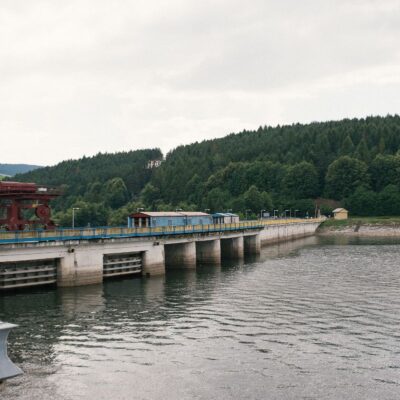
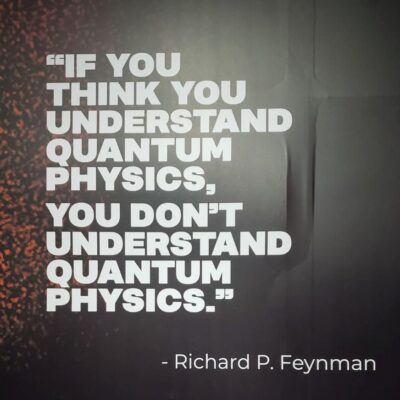


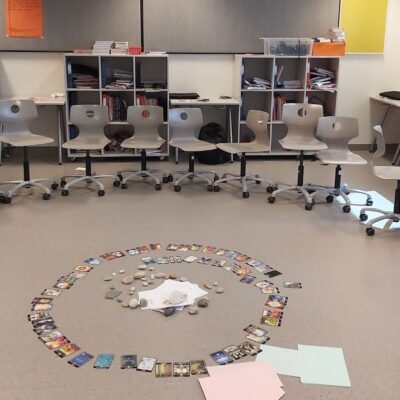
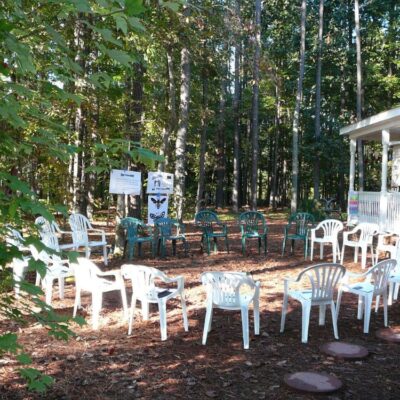
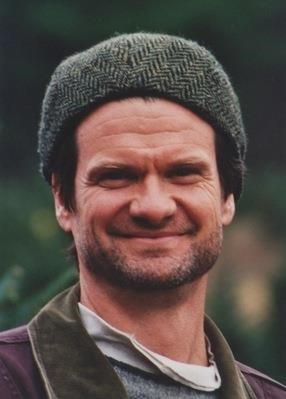

Leave a Reply